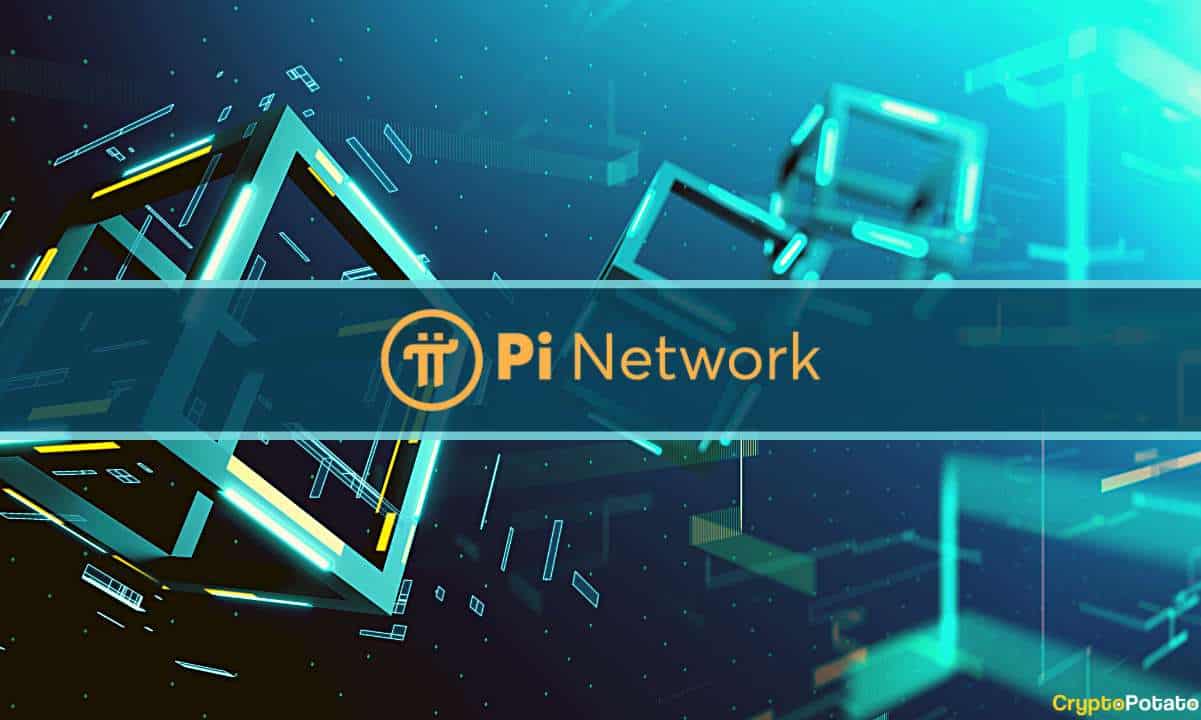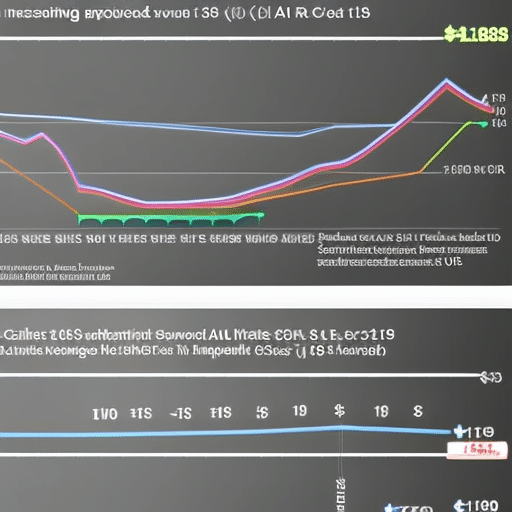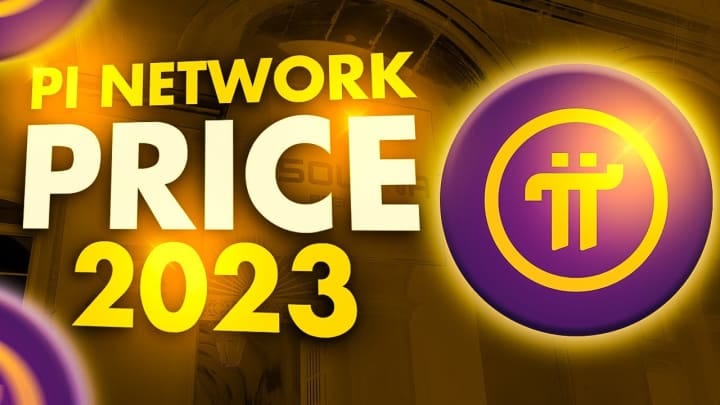What Are The Biggest Risks Of Pi Network?

Executive Summary

Pi Network, a cryptocurrency mined through a mobile app, presents a compelling proposition: the potential to earn a new digital asset without significant energy consumption. However, the project’s novelty and its unproven nature introduce considerable risks. This article delves into these risks, examining the potential for value erosion, regulatory uncertainty, security vulnerabilities, and the overall speculative nature of the investment. Understanding these risks is crucial before committing time and resources to Pi Network. While the potential rewards are enticing, the possibility of substantial losses is equally real and should not be ignored.

Introduction
Pi Network has garnered significant attention as a seemingly effortless way to mine cryptocurrency. Its mobile-first approach and low barrier to entry have attracted millions of users. However, this ease of access masks inherent risks. This article aims to provide a clear and balanced assessment of these risks, helping you make informed decisions about your involvement with Pi Network. The information presented here is for educational purposes and should not be construed as financial advice. Always conduct thorough research and consider your own risk tolerance before investing in any cryptocurrency.
Frequently Asked Questions (FAQs)
-
Q: Is Pi Network a legitimate cryptocurrency? A: Pi Network’s legitimacy is debatable. While it has a large user base, it hasn’t yet established itself within the broader cryptocurrency market. It lacks the established security and transparency of more recognized cryptocurrencies.
-
Q: Can I lose money investing in Pi Network? A: Yes, you risk losing your time and any resources you put into the project. Since Pi is not yet tradable on major exchanges, its value is entirely speculative and could drop to zero.
-
Q: What happens after the mainnet launch? A: The post-mainnet launch phase is highly uncertain. The value of Pi will depend largely on market adoption, which is far from guaranteed. Regulatory scrutiny and technical challenges could significantly impact the project’s success.
The Speculative Nature of Pi Network
The primary risk associated with Pi Network is its speculative nature. The value of Pi is currently zero in the traditional sense. It cannot be exchanged for fiat currency or other cryptocurrencies on major exchanges. Its future value is entirely dependent on market demand after the mainnet launch, a date which is yet to be definitively confirmed. The immense user base does not automatically translate to market success. Many similar projects have failed despite early enthusiasm.
-
Uncertain Future Value: The price of Pi upon mainnet launch is completely unpredictable. The current large number of users doesn’t guarantee future demand.
-
No Intrinsic Value: Unlike established cryptocurrencies with underlying technology supporting their value, Pi’s value is currently purely based on speculation and anticipated future adoption.
-
Potential for a “Pump and Dump”: The project could become a target for manipulation, potentially leading to rapid price increases followed by a dramatic crash.
-
Market Saturation Risk: The massive user base could lead to a saturation of the market if the platform struggles to maintain growth and attract new users beyond its initial wave of participation.
-
Lack of Transparency: The project’s transparency is debatable, which can contribute to investor uncertainty and distrust.
Regulatory Uncertainty and Legal Risks
The regulatory landscape surrounding cryptocurrencies is constantly evolving and is often unclear. This poses a significant risk to Pi Network and its users. Governments worldwide are increasingly scrutinizing cryptocurrency activities. Pi Network’s operations may fall afoul of existing or future regulations, which could lead to legal challenges and restrictions.
-
Uncertain Regulatory Status: Pi’s legal standing is unclear in many jurisdictions. This uncertainty could lead to limitations on its use or even outright bans.
-
Tax Implications: The tax implications of holding and potentially trading Pi are uncertain and could vary considerably depending on your location and future regulations.
-
Potential for Legal Action: The project might face legal challenges related to securities laws or other regulations impacting cryptocurrency projects.
-
Government Scrutiny: Increased government oversight of cryptocurrencies generally could negatively impact Pi Network’s ability to operate freely.
-
Enforcement Difficulties: If Pi Network faces regulatory issues, enforcing regulations against it internationally will be challenging.
Security Vulnerabilities and Technical Risks
While Pi Network claims to utilize secure mining methods, the platform is still susceptible to the various cybersecurity threats that plague the cryptocurrency world. Data breaches, hacking attempts, and other vulnerabilities could compromise user data and potentially undermine the network’s functionality.
-
Software Bugs and Exploits: Like any software, Pi Network’s app could contain vulnerabilities that malicious actors could exploit for their benefit.
-
Server Attacks and Data Breaches: The central servers holding user data and transaction information are potential targets for hackers.
-
Lack of Transparency in Security Audits: A lack of public transparency about security audits leaves users unsure about the extent of protection against security threats.
-
Wallet Security Risks: If Pi is ever transitioned to a personal wallet, the security of that wallet would entirely be the responsibility of the individual user, increasing risk.
-
Phishing and Scams: The large user base of Pi Network could attract various scams and phishing attempts targeting user accounts and funds.
The Team and Development Risks
The relative anonymity of the core Pi Network development team presents a significant risk. The lack of complete transparency surrounding the team’s identity and experience raises concerns about accountability and the long-term sustainability of the project. While some information is available, skepticism remains due to the novelty and scale of this project.
-
Lack of Transparency in Team Identity: The identities of key developers remain somewhat obscured, hindering assessment of their capabilities and experience.
-
Uncertainty Regarding Future Development: The future direction of Pi Network and its roadmap are subject to change depending on the team’s decisions and ability to overcome challenges.
-
Potential for Team Abandonment: The risk of the development team losing interest or abandoning the project is present, particularly if challenges are encountered or funding becomes scarce.
-
Team Reputation: A lack of transparency limits the ability to effectively judge the reputation of the team behind the Pi Network project.
-
Conflict of Interest Potential: The possibility of conflicts of interest exists in a situation where the developers have a significant amount of Pi tokens.
Conclusion
Pi Network presents a high-risk, high-reward proposition. While the allure of earning cryptocurrency without significant effort is tempting, the inherent risks outlined above are substantial. The speculative nature of Pi, the regulatory uncertainty, the security vulnerabilities, the lack of transparency, and the risks associated with the development team all contribute to a high-risk profile. Potential investors must conduct thorough research, carefully weigh the potential rewards against these risks, and only invest what they can afford to lose. Remember that cryptocurrency investments are volatile and unpredictable. Proceed with extreme caution.
Keyword Tags
Pi Network Risks, Cryptocurrency Risks, Pi Network Investment, Pi Network Speculation, Regulatory Uncertainty Cryptocurrency


